Unveiling Schistidium: A Comprehensive Guide to the Enchanting Moss
Affiliate Disclaimer: As an affiliate, we may earn a small commission when you make a purchase from any of the links on this page at no additional cost to you!
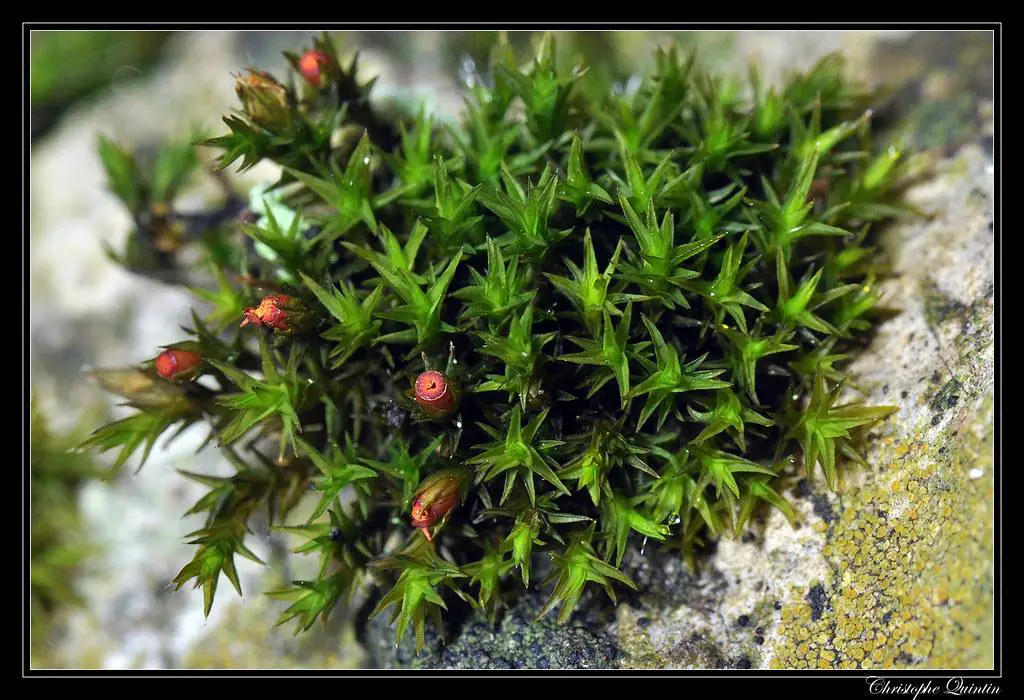
6917407850_fa7d462104_b.jpg from: https://www.flickr.com/photos/34878947@N04/6917407850/
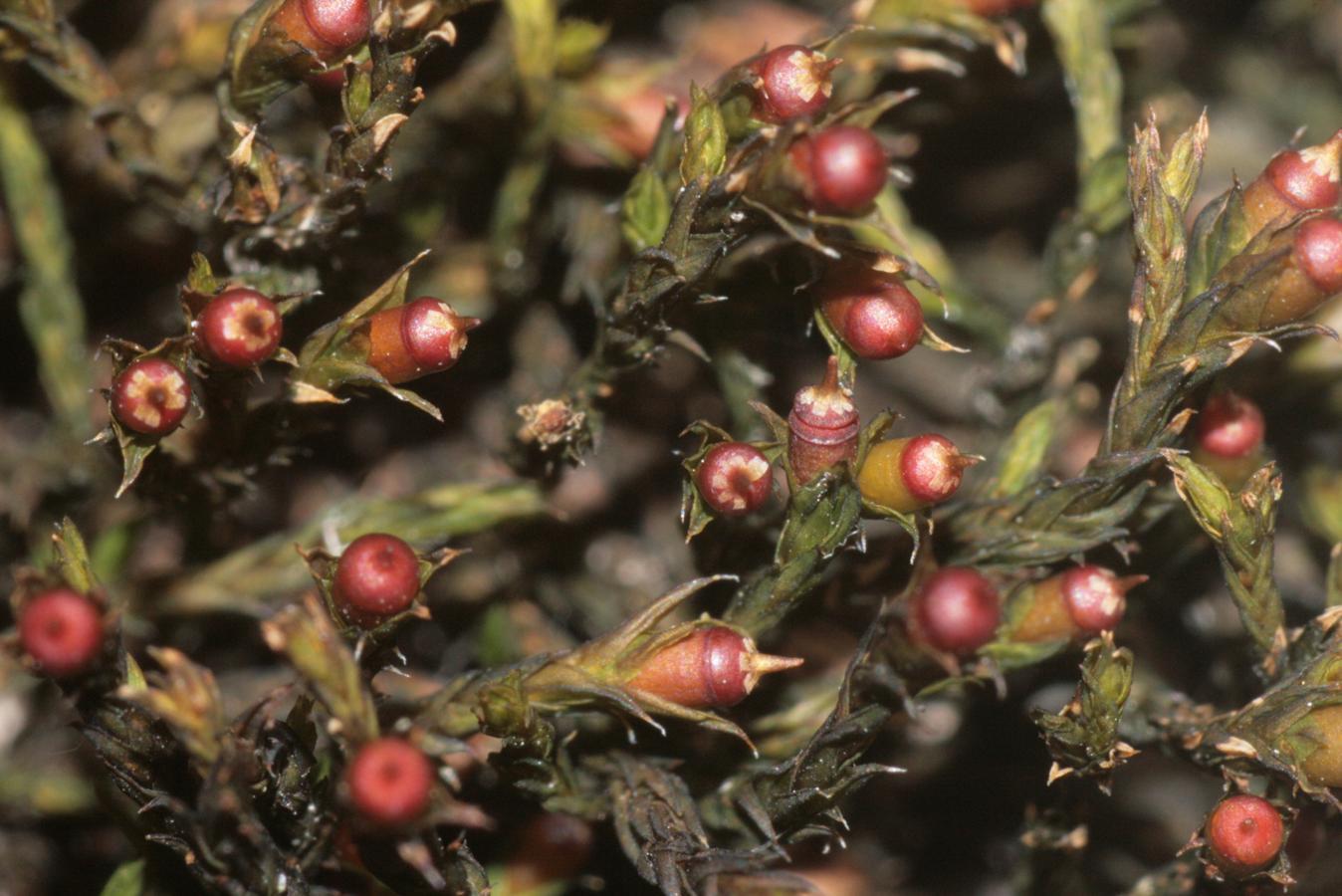
Schistidium_apocarpum_(a%2C_144454-480959)_0639.JPG from: https://handwiki.org/wiki/File:Schistidium_apocarpum_(a,_144454-480959)_0639.JPG
Introduction
Welcome, fellow moss enthusiasts! Today, we’re delving into the fascinating world of Schistidium apocarpum subsp. canadense (Dupr.) H.H.Blom, a remarkable moss species belonging to the Grimmiaceae family. Commonly known as Schistidium, this unassuming yet captivating bryophyte has captured the hearts and minds of botanists and nature lovers alike.
Background
Before we dive into the nitty-gritty details, let’s set the stage. Bryophytes, a group that includes mosses, liverworts, and hornworts, are among the oldest and most primitive land plants on our planet. These resilient organisms have been around for millions of years, adapting and thriving in a wide range of environments.
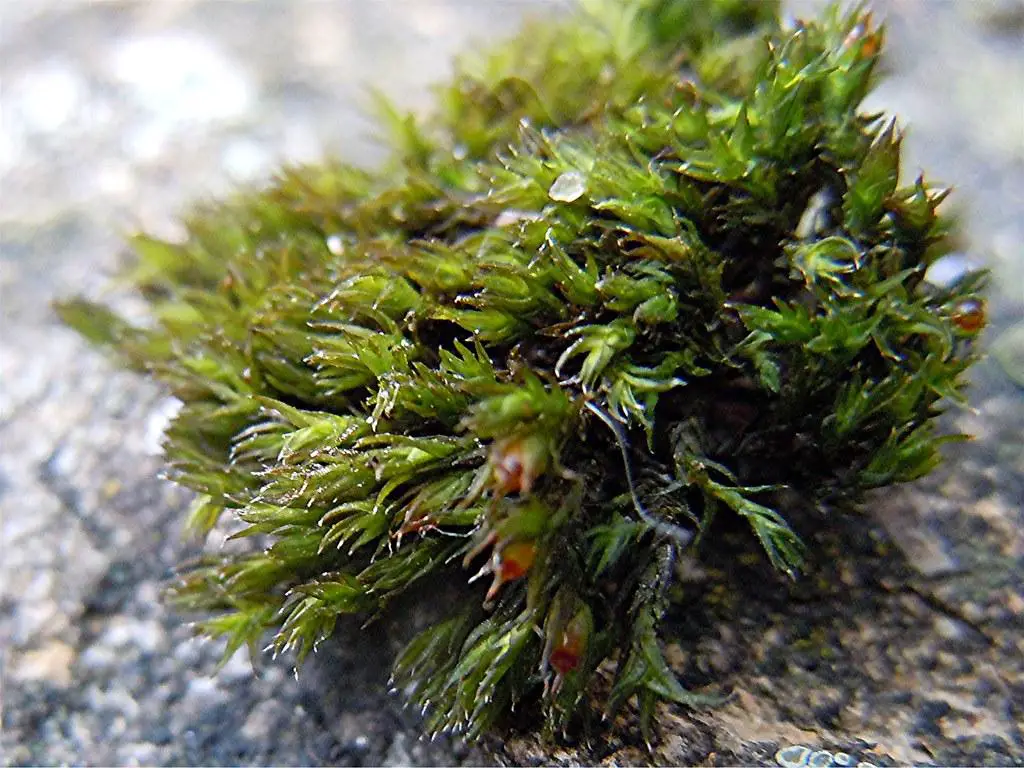
8586904917_38bfccdb8d_b.jpg from: https://www.flickr.com/photos/12639178@N07/8586904917/
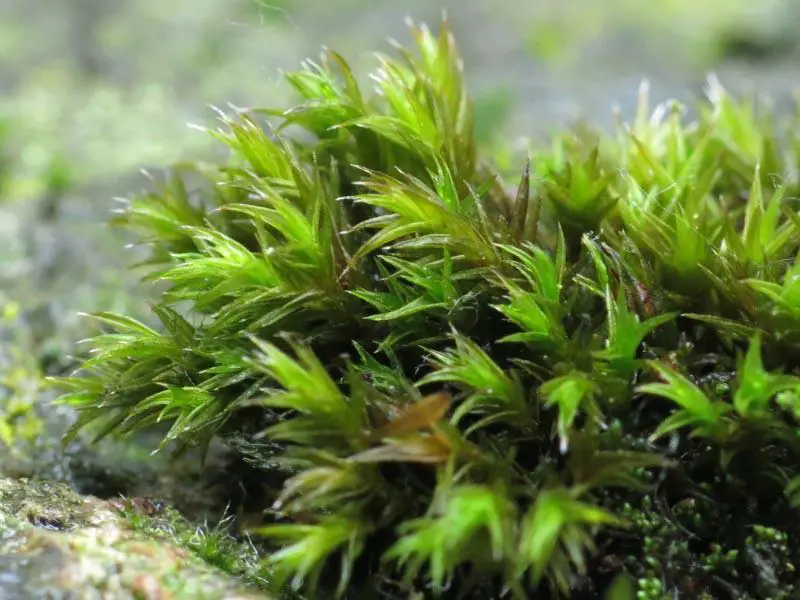
46166462.jpg from: https://waarneming.nl/waarneming/view/233156379?_popup=1
Main Content
Morphology and Identification
Schistidium apocarpum subsp. canadense is a small, acrocarpous moss that forms dense, cushion-like tufts or mats. Its leaves are
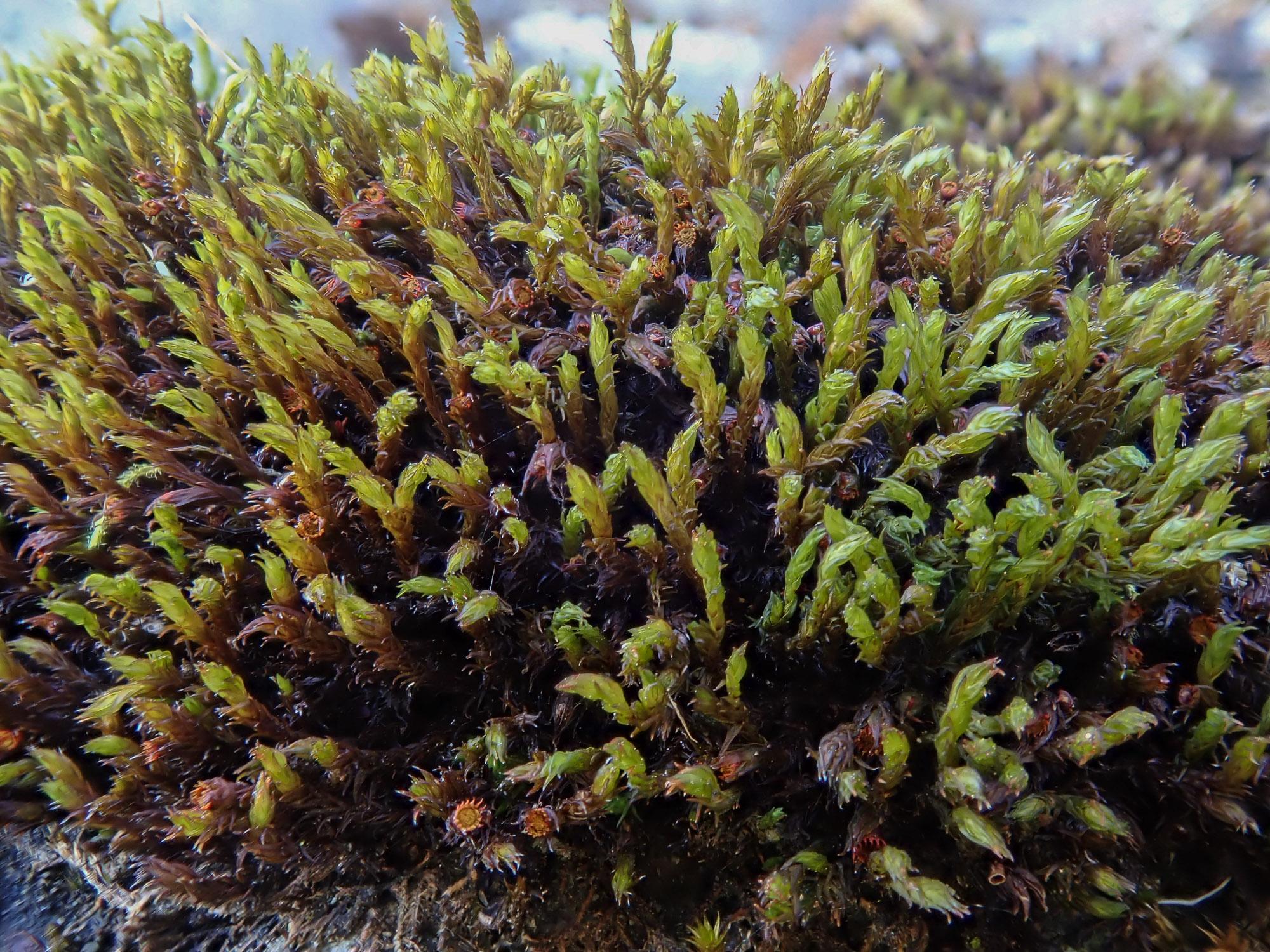
2021-04-02-15-12-33.jpg from: https://www.britishbryologicalsociety.org.uk/learning/species-finder/schistidium-apocarpum/
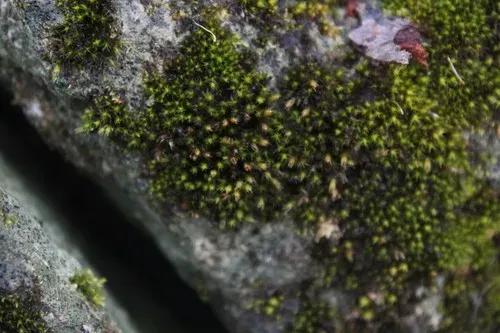
F951B092356C4EB8808713B06E436641.jpeg from: https://www.picturethisai.com/ko/wiki/Schistidium_apocarpum.html
lanceolate to ovate-lanceolate, with a distinctive hair-point at the apex. The leaf margins are often recurved, and the costa (midrib) is prominent. When it comes to reproduction, this moss relies on both sexual and asexual means, producing sporophytes with cylindrical capsules.
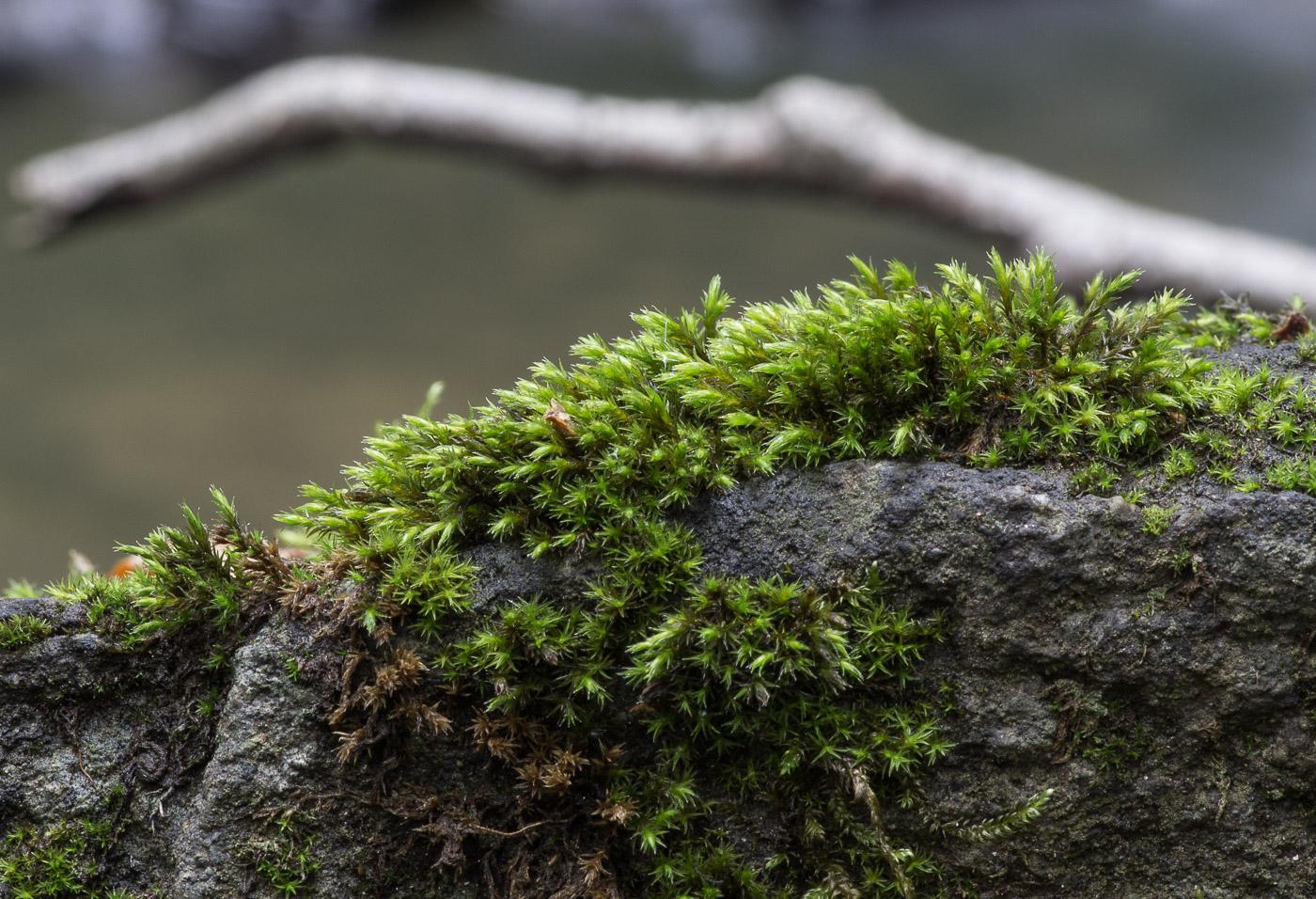
597196_f8e29385.jpg from: https://www.plantarium.ru/page/image/id/597196.html
Global Distribution and Habitat
This remarkable moss species has a widespread distribution, found across North America, Europe, and Asia. It thrives in a variety of habitats, including rock outcrops, cliffs, boulders, and even tree bark. Schistidium apocarpum subsp. canadense is particularly well-adapted to dry, nutrient-poor environments, making it a true survivor in the plant kingdom.
Ecological Roles and Adaptations
Despite their diminutive size, mosses like Schistidium play crucial roles in their ecosystems. They act as pioneers, colonizing bare surfaces and paving the way for other plant species. Additionally, they contribute to soil formation, water retention, and provide microhabitats for various invertebrates and microorganisms.
Schistidium apocarpum subsp. canadense has developed remarkable adaptations to withstand harsh conditions. Its dense cushion growth form helps retain moisture, while its hair-pointed leaves and recurved margins protect it from desiccation. Furthermore, this moss can undergo desiccation tolerance, enabling it to survive prolonged periods of drought.
Case Studies/Examples
In a recent study conducted in the Rocky Mountains of North America, researchers discovered that Schistidium apocarpum subsp. canadense played a vital role in stabilizing alpine scree slopes. Its dense mats helped prevent soil erosion and facilitated the establishment of other plant species, contributing to the overall biodiversity of the region.
Technical Table
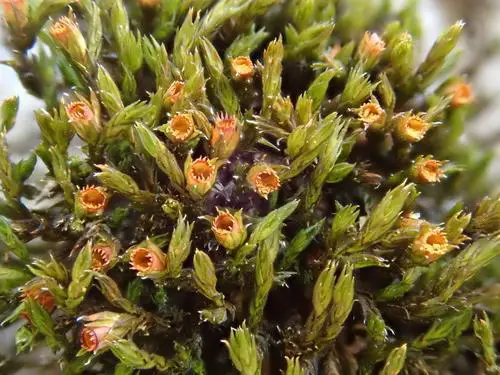
medium.jpeg from: https://enciclovida.mx/especies/147064-grimmia-apocarpa
| Characteristic | Description |
|---|---|
| Family | Grimmiaceae |
| Genus | Schistidium |
| Species | apocarpum subsp. canadense |
| Growth Form | Cushion-like tufts or mats |
Leaf Shape
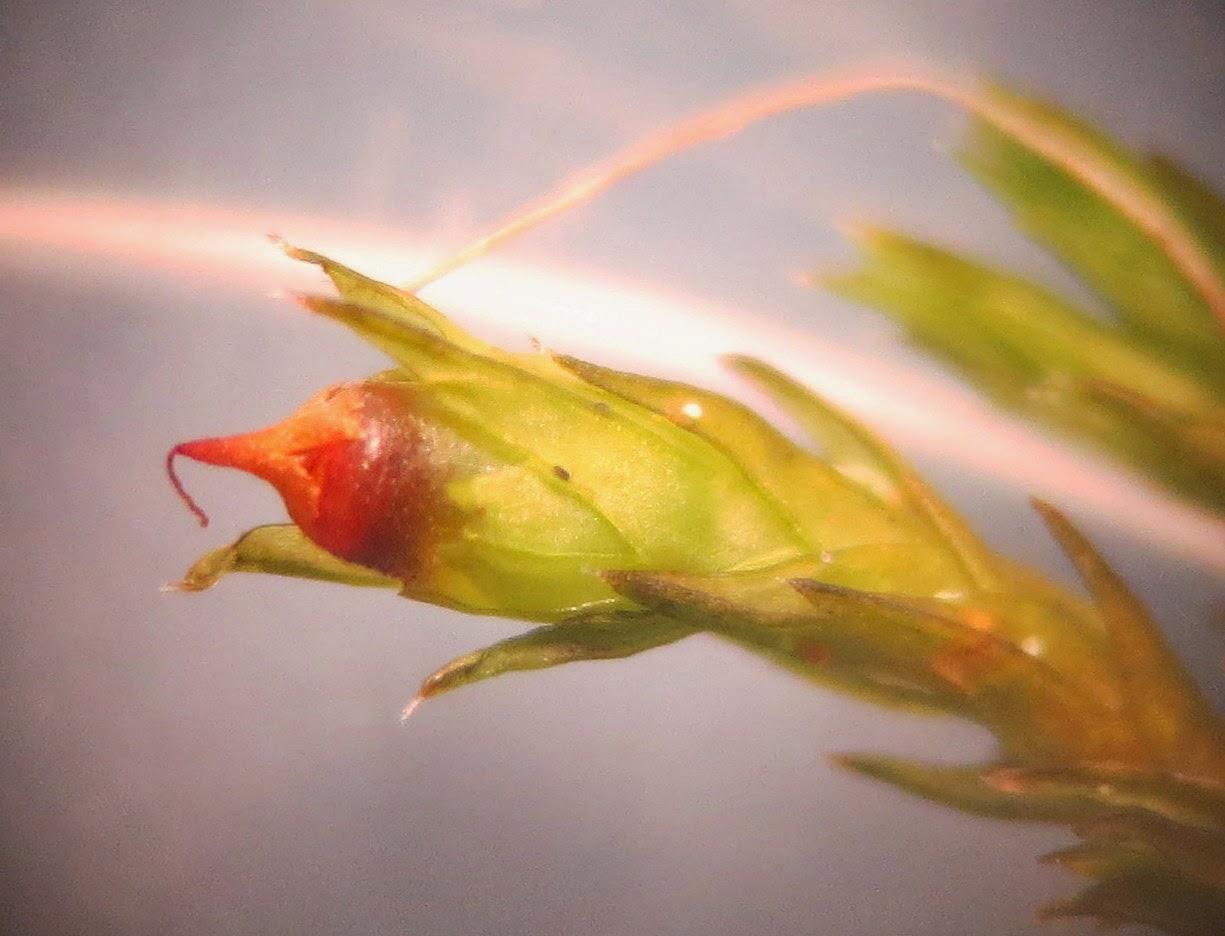 CRL-Schist.apocarpum-IMG_0355.JPG from: https://bryobits.blogspot.com/2014/11/schistidium-apocarpum.html |
Lanceolate to ovate-lanceolate |
| Leaf Apex | Hair-pointed |
| Leaf Margins | Recurved |
Costa
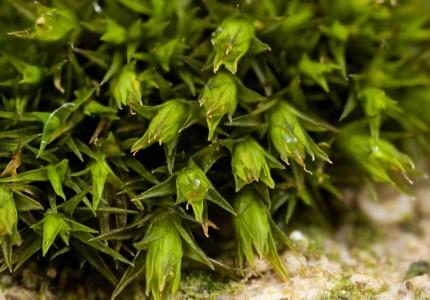 Schistidium-apocarpum-2-430×300.jpg from: https://ohiomosslichen.org/moss-schistidium-apocarpum/ |
Prominent |
| Reproduction | Sexual (sporophytes) and asexual |
Conclusion
Schistidium apocarpum subsp. canadense is a true marvel of the bryophyte world, showcasing the incredible resilience and adaptability of these ancient plants. From its intricate morphology to its vital ecological roles, this moss species reminds us of the beauty and complexity that can be found in even the smallest of organisms. As we bid farewell to our moss adventure, ponder this: What other hidden wonders await discovery in the realm of Bryophyta?
